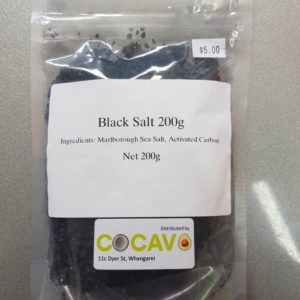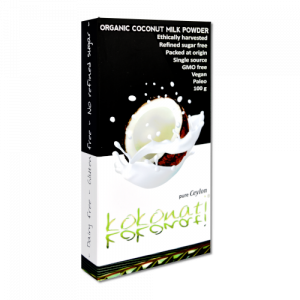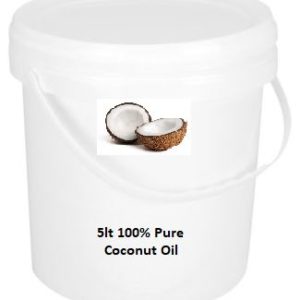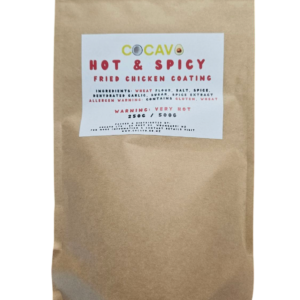SWEET TOOTH or prefer SAVORY
In general, “sweet” refers to flavours with a sugary or honeyed taste, often found in desserts like cakes and pastries. “Savory,” on the other hand, describes flavours that are salty, umami-rich, or otherwise not primarily sweet, and often associated with savoury dishes like meats, cheeses, and vegetables.
Here’s a more detailed breakdown:
Sweet:
- Primary Taste: Sugar or honey.
- Common Examples: Candies, desserts, fruits, certain baked goods.
- Texture: Often soft, smooth, and rich.
Savory:
- Primary Tastes: Salt, umami (a savory flavor), or other non-sweet flavors.
- Common Examples: Meats, cheeses, vegetables, savory pastries, salty snacks.
- Texture: Can be crisp, creamy, hearty, or a combination of textures.
Key Differences:
-
Taste:Sweet is primarily about sugar, while savory encompasses a broader range of flavors that are not sweet.
-
Ingredients:Sweet dishes often feature sugar, fruits, honey, and chocolate, while savory dishes often feature meats, cheeses, vegetables, herbs, and spices.
- Texture:
Sweet dishes often have a softer, smoother texture, while savory dishes can have more varied textures.
- Meal Timing:
While both can be enjoyed at any time, savory dishes are often considered more versatile and suitable for a wider range of meals, including breakfast, lunch, and dinner.






